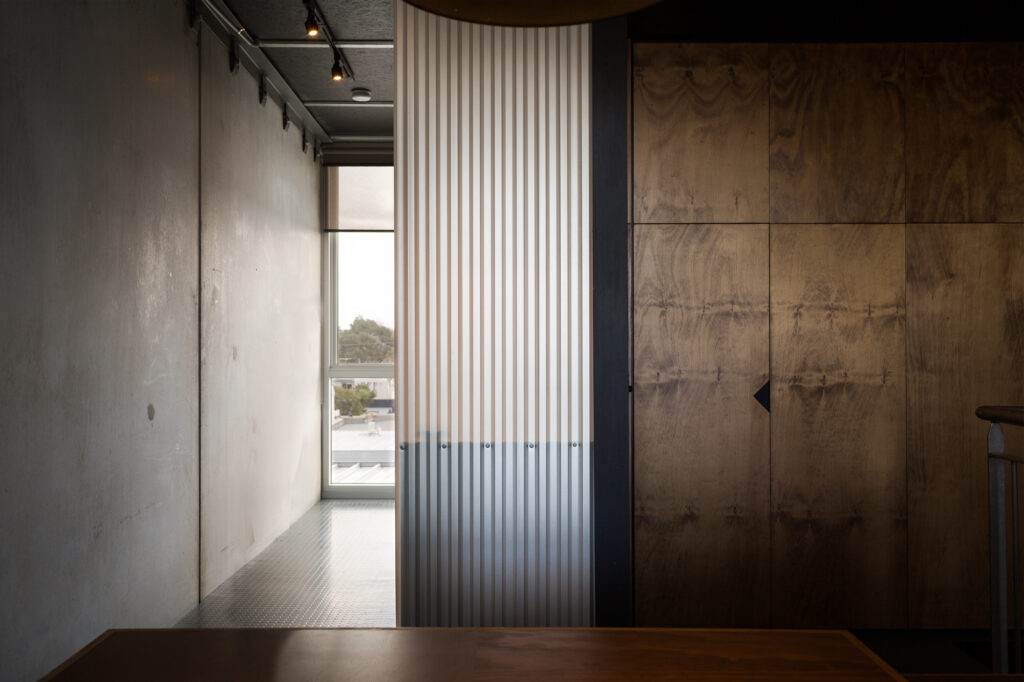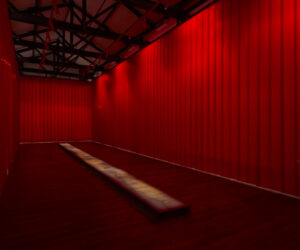MINI Profiles: Dreamer
In October green magazine, in collaboration with MINI and the City of Melbourne, is presenting MINI LIVING – INVERT, an exhibition and series of talks analysing the importance of sustainable, small-scale architecture. In the lead-up we’ve decided to showcase all the wonderful architects involved in the exhibition through our MINI Profiles series. In this instalment, Benjamin Shields from Dreamer shares his thoughts on living small.
How did Dreamer come to be?
I founded Dreamer with the hope that through challenging/rethinking existing ways of making buildings, we would find opportunities to make better designed buildings available to a broader and more diverse range of people. I also hoped that through an increased range of people coming in contact with good design, that understanding of the importance of good design and design literacy might be increased in the community.
Can you elaborate on the Dreamer philosophy?
We believe in building small, beautiful, durable buildings with sustainable materials and systems.
We are particularly excited by the idea of creating models or types of houses/buildings that can be repeated by us and replicated by other designers and improved over time. We want to create flexible, durable and sustainable (and still beautiful) types of housing that are going to be around for the next 100 years.
We also feel that architecture belongs to the people and that the language around design and architecture should be as inclusive as possible. This will allow people to take ownership of design and make a connection with it. We want people to understand what good design is: when they are in it, when they are buying and how to spot it.
Why build small?
Building small means less impact on the natural environment through reduced material/resource consumption and energy use in the long and short term.
Small houses mean denser, low energy cities that are walkable and with great opportunities for public transport and lowered pollution. This means opportunities to increase wellbeing and for healthy, happier cities.
In addition, small houses are of course cheaper to purchase and maintain and may assist people in purchasing a home when otherwise they may not be able to.
What are the benefits of living small?
Living small is an exciting prospect! The benefits are significant. Making a choice to live small means cost savings that might allow for working four days a week, for more travel or for exploring fun hobbies.
Small can be very luxurious – a good home life isn’t about the size it’s about the quality of experiences and spaces.
Smaller houses can also often be located closer to the city. Inner city living offers benefits for families such as increased access to lots of experiences and activities for children and parents. The diversity of living and exposure to a range of other residents also helps to create strong communities through empathy and shared experience.
What are the challenges of living small?
Shifting thinking on small living is the biggest challenge – the Australian dream is the three bedroom house with a backyard. In addition, the entertainment and advertising industries tell stories about the glamour of living with a big house and many possessions. It can be hard for people to see the opportunities that living small can provide.
There is also a mentality that families can’t and shouldn’t live small. In Australia, there is huge opportunity for apartments and small houses that cater for a more diverse range of people, not just aimed at young professionals. With thoughtful design this too can be changed and small spaces can made flexible for people’s changing needs.
Of course, management of stuff like surfboards and bikes is also a bit trickier in a small space, but this is the bread and butter job of a talented designer!
Stay tuned for more MINI Profiles as part of green magazine, MINI and the City of Melbourne’s MINI LIVING – INVERT exhibition.





